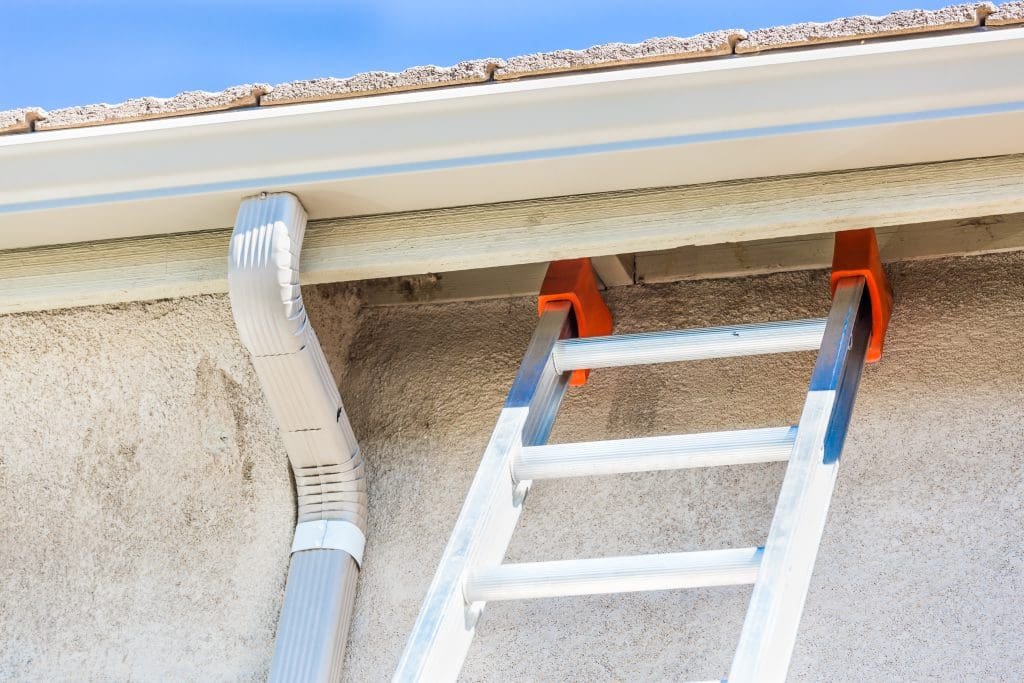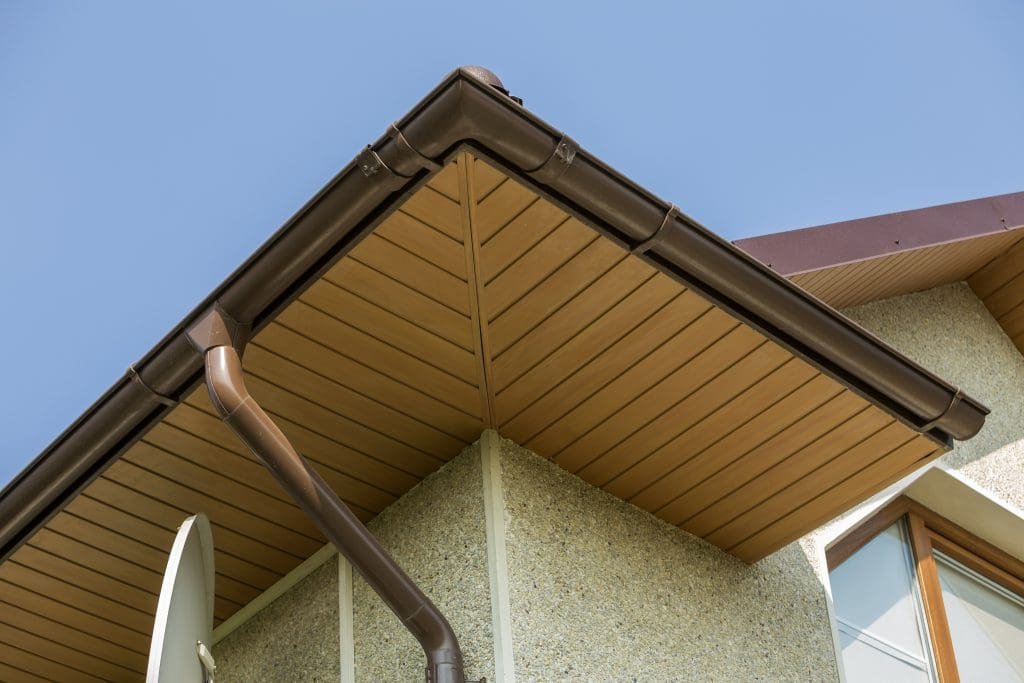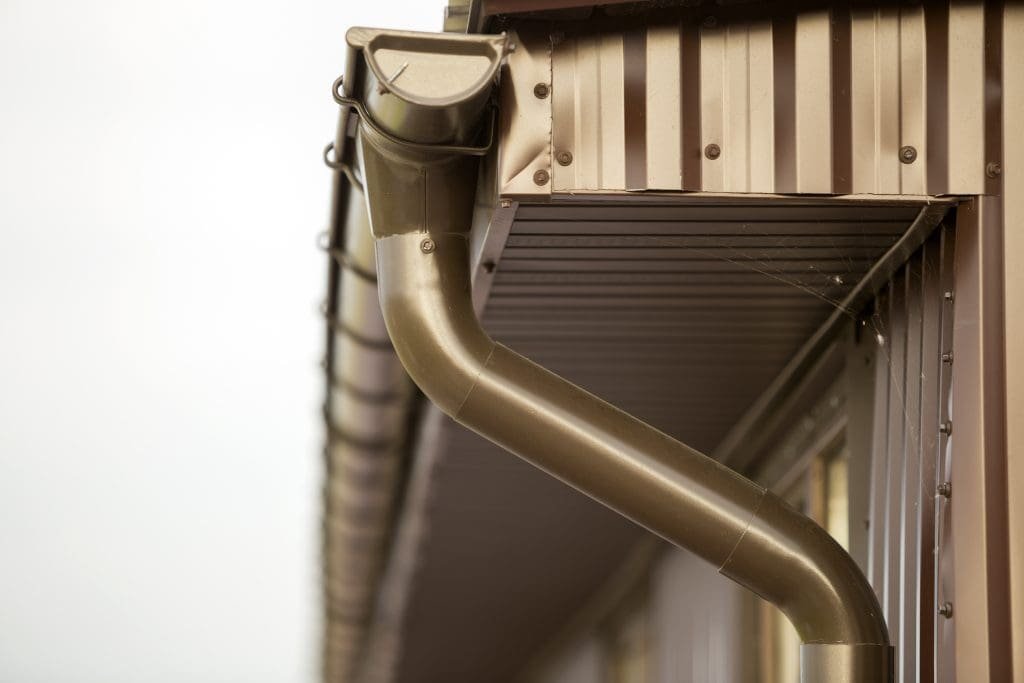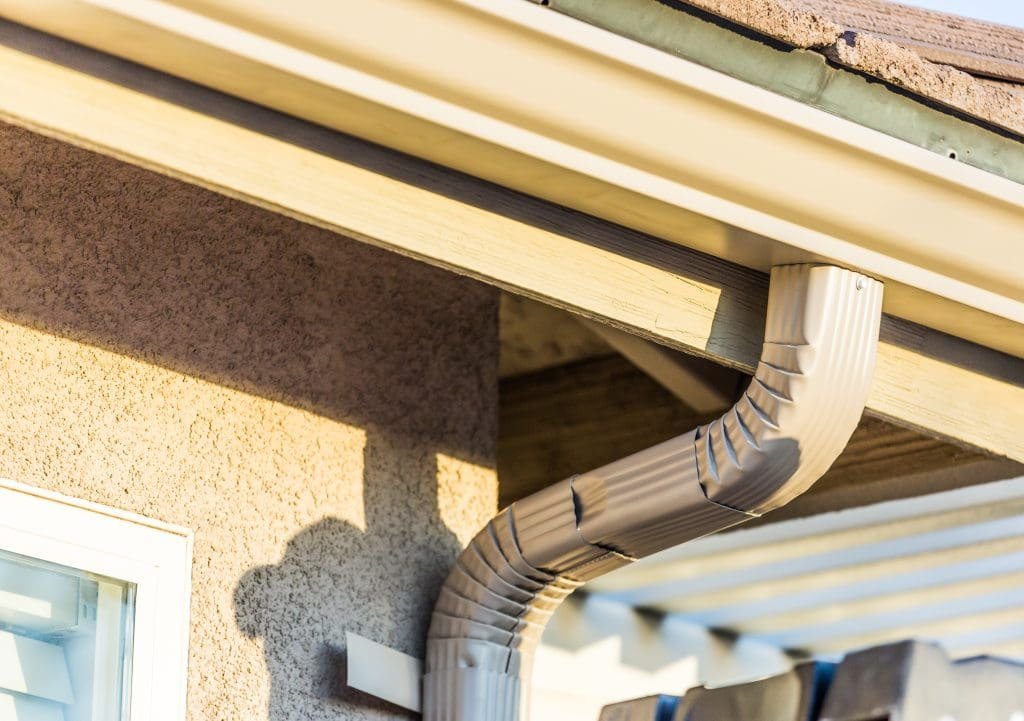Maintaining your home’s gutters is crucial to ensuring they function effectively and last as long as possible. Gutters play an essential role in directing water away from your home, preventing damage to your roof and foundation. In this article, we will explore expert tips and tricks to extend the life of your gutters, covering everything from maintenance practices to necessary repairs.
Understanding the Importance of Gutter Maintenance
The Role of Gutters in Home Maintenance
Gutters are designed to collect rainwater and direct it to downspouts, away from the foundation of your home. This process not only protects your home’s structural integrity but also prevents issues such as erosion, mold growth, and water damage. By channeling water away effectively, gutters help maintain the overall health of your roof and landscape.
Furthermore, well-maintained gutters can prevent costly repairs in the long run. Issues arising from clogged or damaged gutters can lead to significant water damage, affecting various aspects of your home, including walls, ceilings, and floors. Regular inspections and cleanings can extend the lifespan of your gutters, ensuring they function optimally during heavy rainfall or storms. This proactive approach can save homeowners from the stress and financial burden of emergency repairs, allowing them to focus on enjoying their homes.
The Consequences of Neglecting Your Gutters
Failing to properly maintain your gutters can lead to numerous issues. Clogs can cause water to overflow, damaging your roof and siding. Additionally, stagnant water creates an ideal environment for mosquitoes and other pests, posing health risks to you and your family. The presence of these pests can lead to discomfort and potential disease transmission, making it crucial to keep gutters clear and functional.
Moreover, overflowing gutters can affect your landscape and hardscape. It may cause soil erosion, leading to loss of plants or structural shifts in retaining walls. Long-term neglect could even compromise your home’s foundation, resulting in expensive repair costs that far exceed the effort needed to maintain your gutters regularly. In addition to the physical damage, the aesthetic appeal of your property can diminish, as unsightly stains and sagging gutters detract from your home’s curb appeal. Investing time in gutter maintenance not only protects your home but also preserves its value and appearance, making it a wise choice for any homeowner.
Essential Tools for Gutter Maintenance

Basic Tools Every Homeowner Should Have
To properly maintain your gutters, there are a few basic tools that every homeowner should have in their toolkit:
- Ladder: A sturdy ladder is essential for safely accessing your gutters. Ensure it’s stable and positioned correctly to prevent accidents.
- Gloves: Protect your hands with a good pair of gloves to avoid injuries and keep your hands clean from debris.
- Trowel or Scoop: These tools are great for removing leaves and other blockages from your gutters.
- Bucket: Use this to collect debris as you clean your gutters – it makes the process much easier.
In addition to these tools, homeowners should also consider investing in a quality safety harness, especially if you have tall gutters or a multi-story home. A safety harness can provide peace of mind while working at heights, ensuring that you remain secure while focusing on the task at hand. Furthermore, a garden hose with a spray nozzle can be incredibly useful for flushing out the gutters after you’ve cleared them of debris. This not only helps to remove any remaining dirt but also allows you to check for proper drainage and any potential leaks in the system.
Specialized Tools for Gutter Care
In addition to basic tools, some specialized tools can enhance your gutter maintenance routine:
- Gutter Brush: This tool can keep debris from settling in your gutters between cleanings.
- Gutter Vacuum: For a more thorough clean, a gutter vacuum can efficiently remove smaller particles and debris.
- Extension Poles: These are useful for reaching high spots without needing to climb a ladder frequently.
Moreover, consider using a gutter guard system to minimize the frequency of cleanings. These guards can prevent leaves and larger debris from entering the gutters, significantly reducing the amount of maintenance required. Additionally, a downspout cleaning tool can be invaluable for ensuring that your downspouts remain clear and functional, preventing water buildup that can lead to overflow and potential damage to your home’s foundation. With the right combination of basic and specialized tools, you can maintain your gutters effectively, ensuring they function optimally throughout the year.
Regular Cleaning: The First Step to Long-Lasting Gutters

How Often Should You Clean Your Gutters?
Regular cleaning is vital for maintaining the effectiveness and longevity of your gutters. Generally, it is advisable to clean your gutters at least twice a year – once in the spring and once in the fall. However, if your home is surrounded by trees or experiences heavy storms, you may need to clean them more frequently. In fact, homes located in areas with a high density of foliage may require monthly inspections to prevent clogs that can lead to water damage.
In addition to these regular cleanings, it’s important to check your gutters after any significant weather events, such as heavy rain or storms, to ensure they are functioning correctly. After a storm, debris can accumulate quickly, and any blockage can lead to overflowing gutters, which can cause water to seep into your foundation or basement. Keeping a close eye on your gutters during these times can save you from costly repairs down the line.
Step-by-Step Guide to Gutter Cleaning
Cleaning your gutters can be straightforward when you follow these steps:
- Set Up Your Ladder Safely: Position your ladder on stable ground and ensure it is securely locked before climbing. It’s also wise to have a spotter hold the ladder for added safety.
- Remove Debris: Using your gloves, scoop out leaves, twigs, and other debris from your gutters. Place the debris in your bucket to keep your workspace tidy. If you encounter stubborn clogs, a small garden trowel can be a handy tool to help dislodge the material.
- Flush with Water: Once the gutters are clear, use a garden hose to flush out any remaining dirt or smaller particles. Check for proper water flow through the downspouts. If you notice any slow drainage, it may indicate a blockage further down that needs to be addressed.
- Inspect for Damage: While cleaning, look for any signs of damage such as rust, holes, or loose sections. Taking a few moments to inspect your gutters can help prevent bigger issues later. Pay special attention to the seams and joints, as these areas are often the first to show signs of wear and tear.
Additionally, consider using a gutter guard system to reduce the frequency of cleanings. These systems can help keep larger debris out while still allowing water to flow freely. They can be particularly beneficial for homes in heavily wooded areas, as they significantly minimize the amount of debris that accumulates in the gutters. However, even with gutter guards, periodic inspections are still necessary to ensure their effectiveness and to address any minor issues before they escalate.
Lastly, remember that gutter cleaning is not just a seasonal chore; it’s an essential part of home maintenance that can enhance your property’s value and protect your investment. By staying proactive with your gutter care, you can ensure that your home remains safe and dry, free from the risks associated with water damage and structural issues.
Preventive Measures to Extend Your Gutters’ Life

Gutter Guards: A Worthwhile Investment?
Gutter guards can significantly reduce the amount of debris that enters your gutters, making them easier to maintain. These protective covers can come in various materials and designs, including mesh, screens, and grates. They work by allowing water to flow through while blocking larger debris like leaves and twigs.
Investing in gutter guards can save you time and effort in cleaning, and they can also help extend the life of your gutters by minimizing wear and tear caused by accumulated debris. Additionally, gutter guards can enhance the overall appearance of your home, as they often come in colors and styles that complement your roof and siding. This aesthetic benefit can be particularly appealing for homeowners looking to maintain or increase their property value.
The Benefits of Regular Gutter Inspections
In addition to regular cleaning, performing routine gutter inspections can help identify potential issues before they escalate. Inspections should include checking for:
- Loose or Missing Hardware: Inspect for any nails or brackets that may have come loose, which can lead to sagging or disengaged sections.
- Signs of Rust or Corrosion: Look for rust spots, which can weaken your gutters over time.
- Water Damage: Check around your home’s foundation or basement for signs of water damage, as this could indicate that your gutters are not functioning correctly.
By conducting regular inspections, homeowners can catch problems early and address them promptly, ensuring their gutters remain in good working condition. Furthermore, these inspections can also help you assess the effectiveness of any preventive measures you’ve implemented, such as gutter guards or downspout extensions. Keeping a record of your inspections can provide valuable insights over time, allowing you to spot patterns or recurring issues that may need professional attention.
Moreover, seasonal changes can significantly impact gutter performance, making it essential to inspect them at least twice a year—ideally in the spring and fall. During these inspections, pay close attention to how well your gutters handle rainwater runoff, especially after heavy storms. Observing how quickly water drains and whether it pools at the base of your home can help you determine if your gutters are functioning as intended or if adjustments are necessary.
Repairing Minor Gutter Damage

Identifying Common Gutter Problems
Even with regular maintenance, gutters can develop problems over time. Some common issues to look out for include:
- Clogs: Accumulation of debris can obstruct water flow, causing overflow.
- Leaks: Small leaks can develop at joints and seams, leading to serious water damage if not addressed.
- Rust and Corrosion: Gutters made of metal can rust over time, especially if they’re not maintained properly.
DIY Gutter Repair Tips
Many minor gutter repairs can be performed DIY-style, saving you money on hiring professionals. Here are some useful tips:
- Seal Leaks: Use a sealant or patch kit to fix leaks and prevent further damage – make sure the area is dry before applying.
- Reattach Loose Sections: If you see sections of your gutters that have come loose, use screws or brackets to secure them back in place.
- Replace Damaged Sections: For sections that are severely damaged, consider replacing them entirely. It’s feasible if you have the right tools and parts.
By handling these repairs promptly, you can maintain the integrity of your system and avoid more extensive problems in the future. Additionally, it’s essential to inspect your gutters after heavy rain or storms, as these events can exacerbate existing issues or create new ones. Regular checks will help you catch problems early, ensuring that your gutters continue to function effectively and protect your home from water damage.
Moreover, consider investing in gutter guards or screens to minimize debris accumulation. These protective measures can significantly reduce the frequency of clogs, making your maintenance routine easier and less time-consuming. While they may require an initial investment, the long-term benefits of decreased cleaning and fewer repairs can make them a worthwhile addition to your home maintenance strategy.





